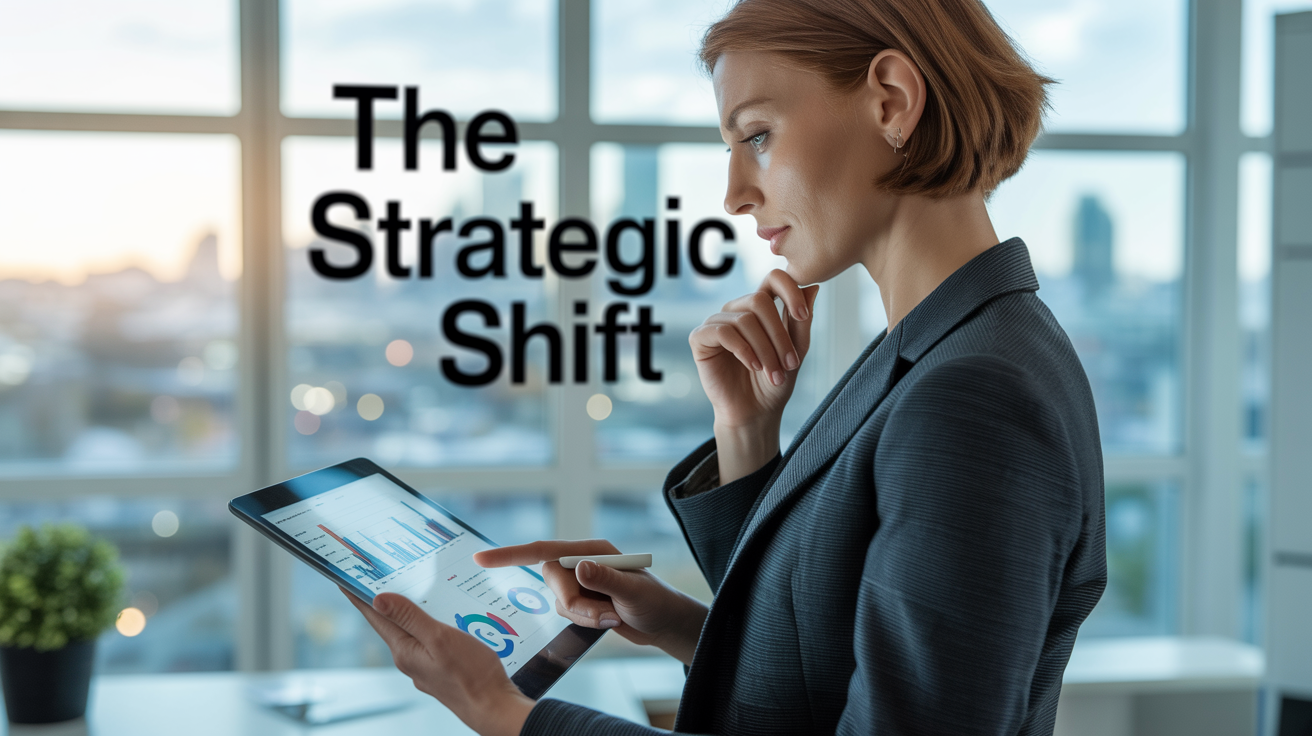Health and safety in the Australian context have traditionally been framed as a compliance checklist. As businesses develop and the workforce landscape changes, the role of the OHS Consultant is shifting from compliance gatekeeper to a more integrated role as a business partner. This change is particularly acute as organisations weave occupational hygiene into integrated risk and wellbeing frameworks.
Beyond Compliance: OHS as a Catalyst for Business Resilience
There is a growing recognition in Australia that occupational health and safety (OHS) is an essential function for the business and advancing the overall corporate strategy, and not merely a compliance obligation to be avoided for fines and legislative penalties. Australia’s modern consultants are engaging beyond the traditional hazard registers and incident reports. They are contributing and/or leading cultural change initiatives, guiding stakeholders, and now bridging safety and business strategy.
This is particularly important for the mining, manufacturing, logistics, and healthcare industries, which experience backlash from poor safety responsiveness not only on business bottom lines but on brand equity. OHS consultants with experience in the Australian regulatory framework and workplace culture are able, and in a better position, to manage this change.
Occupational Hygienists: The Strategy of Safety Science
For occupational hygienists, careers have comprised monitoring noise and chemical exposure, performing air quality assessments, and gathering samples. However, in the modern workplace, occupational hygienists have a larger, more strategic role.
In Australia, occupational hygienists are in greater demand not only for post-event assessments, but for meticulous pre-event planning as well. Some considerations include:
– Active participation in foreseeing potential issues such as silica dust, PFAS exposure, and growing concern regarding indoor air quality.
– Creation of workspaces that foster employee’s health and well-being.
– Safety measures that meet ESG standards are integrated alongside the occupational hygienist’s planning.
Safety still takes the forefront as OHS consultants and occupational hygienists work together to create a safer environment. The blend of these two professions introduces a new and intricate blend of science, strategy, and culture to the workplace.
From Risk Registers to Risk Intelligence
A noteworthy advancement in OHS consulting in Australia is moving from static documentation to risk intelligence, an active form of documentation. There is an increased reliance on real-time data and analytics, and monitoring. Predictive analytics, behavioral insights, and real-time monitoring supersede traditional risk matrices and compliance checklists.
Progressive OHS consultants are currently assisting organizations to:
– Utilize data to analyze systems for trends in near misses and safety actions
– Integrate occupational hygiene data to risk dashboards for broader organizational perspectives
– Create and modify within changing work environments adaptive safety systems
Consultants in these fields are in demand, as understanding occupational hygiene in remote work settings in increasingly vital. This is especially useful in remote and hybrid work environments, where traditional safety supervision is minimal.
Safety Culture as a Strategic Asset
Prompted by the Australian Safety Culture Conversation, these shifts have become top of mind. In addition to policies, organizations must show psychological safety, leadership accountability, and employee engagement.
OHS consultants are increasingly being asked to:
– Develop policy frameworks for safety leadership engagement in hybrid and remote settings
– Implement communication frameworks for multi-lingual and multi-geographical workforces
– Integrate initiatives for organizational safety and values alignment.
The occupational hygienists have a critical part to play in these shifts. Their data and insights become the basis for the culture-building initiatives from the so-called invisible risks which are reframed and made to tell compelling stories to shift behaviors.### 🌱 The ESG Connection: Safety as Sustainability
Adopting Environmental, Social, and Governance (ESG) considers reports in Australia across industries, and OHS is now becoming prominent within the “Social” pillar. Investors and customers, along with regulators, now care how businesses are managing and protecting their people.
An ESG versed OHS consultant is able to:
– Integrate occupational hygiene into the report as an embedded metric to the organisational sustainability report.
– Communicate proactive risk management within investor relations.
– Integrate climate-resilient safety initiatives into workforce wellbeing.
This proactive ESG reporting transforms the role of the OHS consultant from tactical operational support to strategic relevance at the boardroom.
The Future of OHS Consulting in Australia
With increased digital transformation across Australian workplaces, there is an angl of greater sophistication, as well as greater emerging boundaries of diversity. This will fuel an expectation of greater input from OHS consultants. Strategic partner will be the leading priority.
With an intention to drive impactful changes, OHS consultants need to call upon occupational hygienists, think critically with the data, and operationalize organisational goals with safety. Staying compliant is no longer a threshold, becoming a leader is the new challenge.

